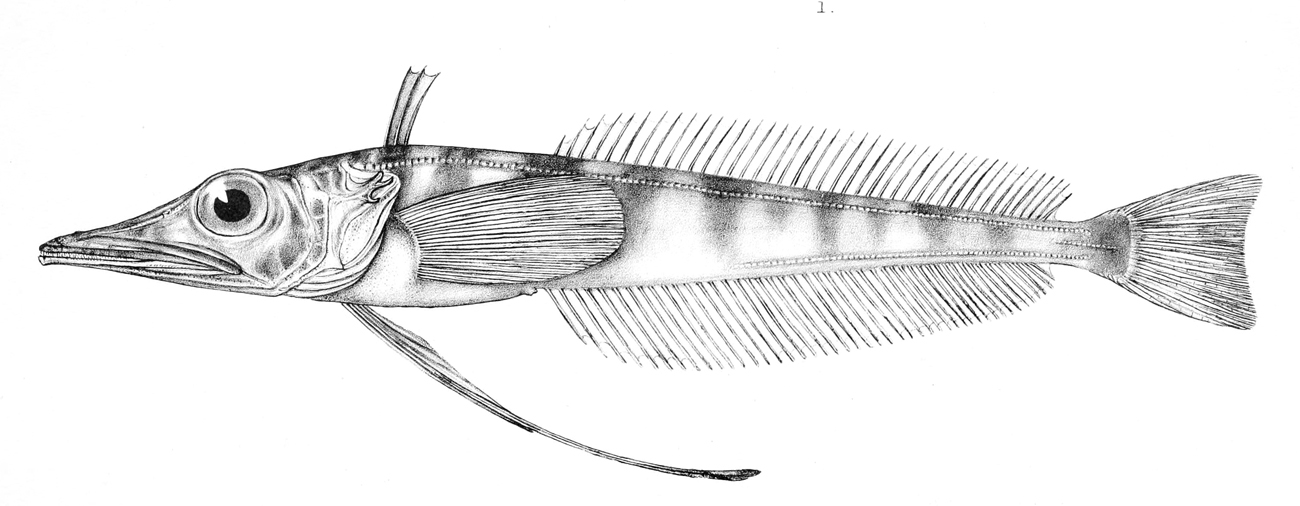Cryodraco on:
[Wikipedia]
[Google]
[Amazon]
 ''Cryodraco'' is a genus of marine
''Cryodraco'' is a genus of marine
 ''Cryodraco'' is a genus of marine
''Cryodraco'' is a genus of marine ray-finned fish
Actinopterygii (; ), members of which are known as ray-finned fishes, is a class of bony fish. They comprise over 50% of living vertebrate species.
The ray-finned fishes are so called because their fins are webs of skin supported by bony or h ...
belonging to the family
Family (from la, familia) is a group of people related either by consanguinity (by recognized birth) or affinity (by marriage or other relationship). The purpose of the family is to maintain the well-being of its members and of society. Idea ...
Channichthyidae
The crocodile icefish or white-blooded fish comprise a family (Channichthyidae) of notothenioid fish found in the Southern Ocean around Antarctica. They are the only known vertebrates to lack hemoglobin in their blood as adults. Icefish populatio ...
, the crocodile icefish
The crocodile icefish or white-blooded fish comprise a family (Channichthyidae) of notothenioid fish found in the Southern Ocean around Antarctica. They are the only known vertebrates to lack hemoglobin in their blood as adults. Icefish populatio ...
es. They are found in the Southern Ocean
The Southern Ocean, also known as the Antarctic Ocean, comprises the southernmost waters of the World Ocean, generally taken to be south of 60° S latitude and encircling Antarctica. With a size of , it is regarded as the second-small ...
. While ''C. antarcticus'' has minor commercial importance, ''C. atkinsoni'' and ''C. pappenheimi'' are of no interest to commercial fisheries
Commercial fishing is the activity of catching fish and other seafood for commercial profit, mostly from wild fisheries. It provides a large quantity of food to many countries around the world, but those who practice it as an industry must often p ...
.
Taxonomy
''Cryodraco'' was first formally described as amonotypic
In biology, a monotypic taxon is a taxonomic group (taxon) that contains only one immediately subordinate taxon. A monotypic species is one that does not include subspecies or smaller, infraspecific taxa. In the case of genera, the term "unispe ...
genus in 1900 by the Belgian palaeontologist
Paleontology (), also spelled palaeontology or palæontology, is the scientific study of life that existed prior to, and sometimes including, the start of the Holocene epoch (roughly 11,700 years before present). It includes the study of fossi ...
Louis Dollo
Louis Antoine Marie Joseph Dollo (Lille, 7 December 1857 – Brussels, 19 April 1931) was a Belgian palaeontologist, known for his work on dinosaurs. He also posited that evolution is not reversible, known as Dollo's law. Together with the Austria ...
when he was describing ''Cryodraco antarctica''. Although FishBase uses the genus name ''Cryodraco'', Catalog of Fishes
Catalog of Fishes is a comprehensive on-line database and reference work on the scientific names of fish species and genera. It is global in its scope and is hosted by the California Academy of Sciences. It has been compiled and is continuously u ...
uses ''Pagetodes'' as the genus name and treats ''Cryodraco'' as a synonym, following Sheiko. The name ''Pagetodes'' was applied to a fish which was washed onto the bow of HMS ''Terror'' and frozen in place. The fish was carefully removed from the ice, allowing the ship's surgeon John Robertson to create a rough sketch, but a cat took the fish and ate it before it could be preserved in alcohol. In 1844 John Richardson described the genus ''Pagetodes'' from Robertson’s drawing in volume 2 of ''Ichthyology of the voyage of H. M. S. Erebus & Terror''. The genus name ''Cryodraco'' means "frost dragon". The name ''Pagetodes'' means "icebound" or "frozen".
Species
There are currently three recognized species in this genus: * '' Cryodraco antarcticus'' Dollo, 1900 – long-fingered icefish * '' Cryodraco atkinsoni'' Regan, 1914 * '' Cryodraco pappenheimi'' Regan, 1913 The genus has been treated as monotypic and the status of ''C. atkinsoni'' is arguable but samples of ''Cryodraco'' have clustered into two size ranges each containing both sexes which supports the proposition that there are two species. However, the status of ''C. pappenheimi'' is less clear; the holotype was deposited in theNatural History Museum, Berlin
The Natural History Museum (german: Museum für Naturkunde) is a natural history museum located in Berlin, Germany. It exhibits a vast range of specimens from various segments of natural history and in such domain it is one of three major muse ...
and has been lost. From descriptions of this taxon it may not even belong in the genus ''Cryodraco''.
Characteristics
''Cryodraco'' icefishes have the spine on the snout reduced to a small knob. There are 3 or 4 spines on the operculum but none on the other operculum bones. There are 3 lateral lines which do not have any bony plates. The pelvic fins are long with the tips covered in thickened skin with the second pelvic fin ray being longer than the others. The first dorsal fin is small and is widely separated from the second dorsal fin. The caudal fin may be truncate or weakly emarginate. The largest species is C. antarcticus which has a maximum standard length of .Distribution and habitat
''Cryodraco'' icefishes are found around in the Southern Ocean around Antarctica, occurring on the continental shelf as far north as theSouth Shetland Islands
The South Shetland Islands are a group of Antarctic islands with a total area of . They lie about north of the Antarctic Peninsula, and between southwest of the nearest point of the South Orkney Islands. By the Antarctic Treaty of 1 ...
and South Orkney Islands. They are bathydemersal fishes.
Biology
''Cryodraco'' icefishes are of little importance to commercial fisheries and have been relatively little studied. They are predatory and analyses of stomach contents have shown they feed on fishes and krill.References
External link
* {{Taxonbar, from=Q2155421 Channichthyidae Fish of the Southern Ocean Marine fish genera Perciformes genera Taxa named by Louis Dollo